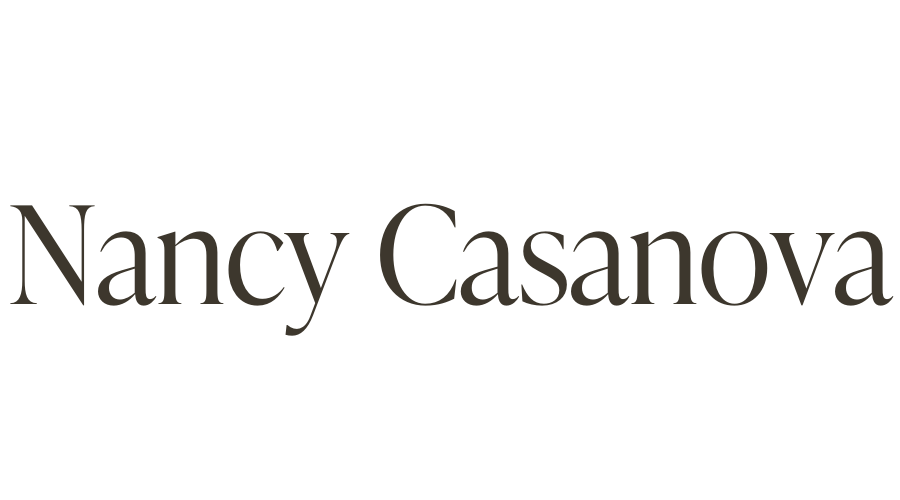
Content batching and content sprints are content creation strategies that can help you create a lot of content, but they are unique in their approach and timing.
If you’re looking for a game plan to help you create content more consistently and aren’t sure which approach is best for you, let me break it down for you.
understanding Content Batching:
What is content batching?
Content batching involves creating several pieces of content within a designated time, usually in a focused session or a day.
How often should you batch?
Content batching involves creating content by grouping related tasks during a recurring and structured time block. Typically, they are done on an ongoing basis, such as a weekly or monthly schedule, depending on the content schedule.
Example:
Essentially, you’re breaking tasks into dedicated time blocks, spanning from a few hours to a full day, to create multiple pieces of content. Check out this article for tips to help you successfully batch your content.
An example of content batching could look like:
Blog Post Content Batching
M – Outline Blog Post
T – Write and Finalize Blog Post
W – Design Assets/Images
Th – Optimize/SEO
F – Upload/Schedule
Related: How to Create Your Social Media in Batches
exploring Content Sprints:
What is a content sprint?
During a sprint, the way you produce content is accelerated and the time you do it is compressed to help you meet specific goals or deadlines.
However, the goal of a content sprint may vary whether you’re solo or with a team, but it’s centered around creating a backlog of content that can be scheduled and published over an extended period of time.
Content sprints help you quickly generate a high volume of content and can be helpful for a product launch, promotional event or seasonal campaign, or other content goals. Check out this article on time management tips for content creation.
How often do you do a content sprint?
Content sprints are short, intense timeframes for creating content with a defined start and end date. They could last between a few days to 1-2 weeks, or longer.
Example:
A content sprint can also help if your goal is to be more consistent on a platform, expand into a new platform or if you want to address any content gaps.
Related: Content Sprints 101: A Strategic Approach to Content Creation
choosing the right strategy:
Benefits of Content Batching:
Content batching can help you minimize task switching and help you efficiently maximize your content creation flow.
Content batching is done on a recurring basis with structured sessions focused on specific tasks that are grouped together.
This approach allows you to create your content in advance and once you’re done with the focused sessions, you are able to benefit from having content prepared for several days or weeks in advance.
Benefits of Content Sprints:
Content sprints can help you increase productivity, drive consistent content creation and help you stay agile in responding to market trends and opportunities.
There are many benefits to focusing on a content sprint, but it will all depend on your marketing or business goals.
There are time-saving benefits, plus content sprints can help you build momentum and establish a digital presence or help you as you undergo a rebranding process.
Having a consistent stream of content ready to publish and share with your audience can help you build trust and authority with your audience and amongst people in your niche.
Content sprints can help you be productive during this intense hyperfocused time frame so that you can produce a substantial amount of content efficiently.
Next steps:
If you find it challenging to maintain a weekly schedule of creating and publishing content, you should evaluate your content creation strategy.
- Do you prefer to create content on a recurring schedule that’s more on a weekly basis?
- Do you prefer creating content compressed into 1-2 weeks while hyper-focusing on producing a high content volume?
- Content Sprints: You should consider doing a content sprint if you have a specific content-related goal, such as launching a campaign, engaging in a trending topic, or building an evergreen backlog of content.
- Content Batching: You should consider content batching if you prefer spending one day each week writing blog posts, filming videos or designing social media graphics for the upcoming week or month.

